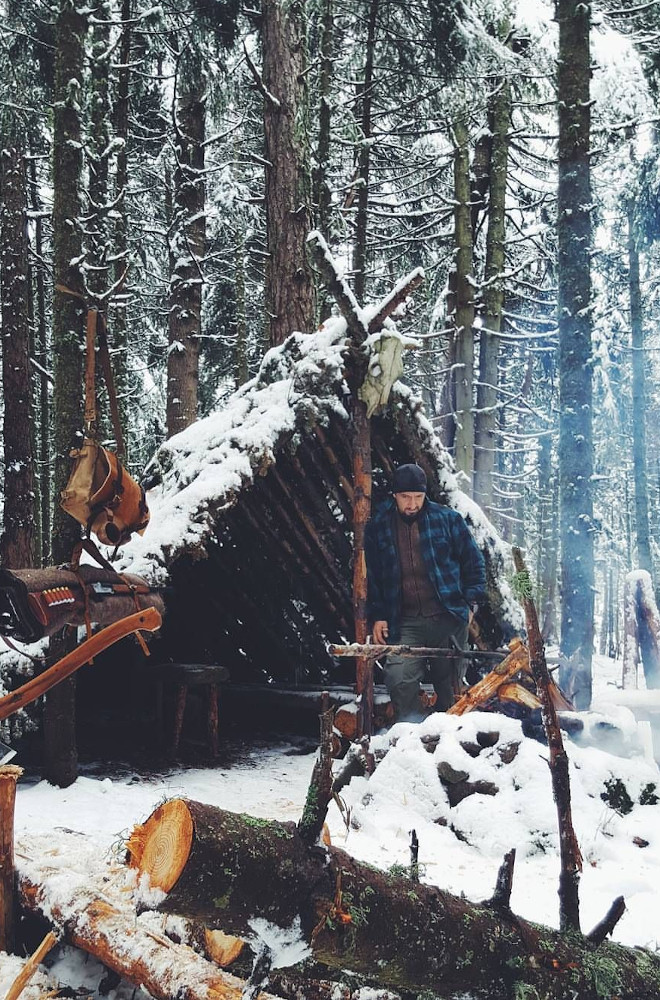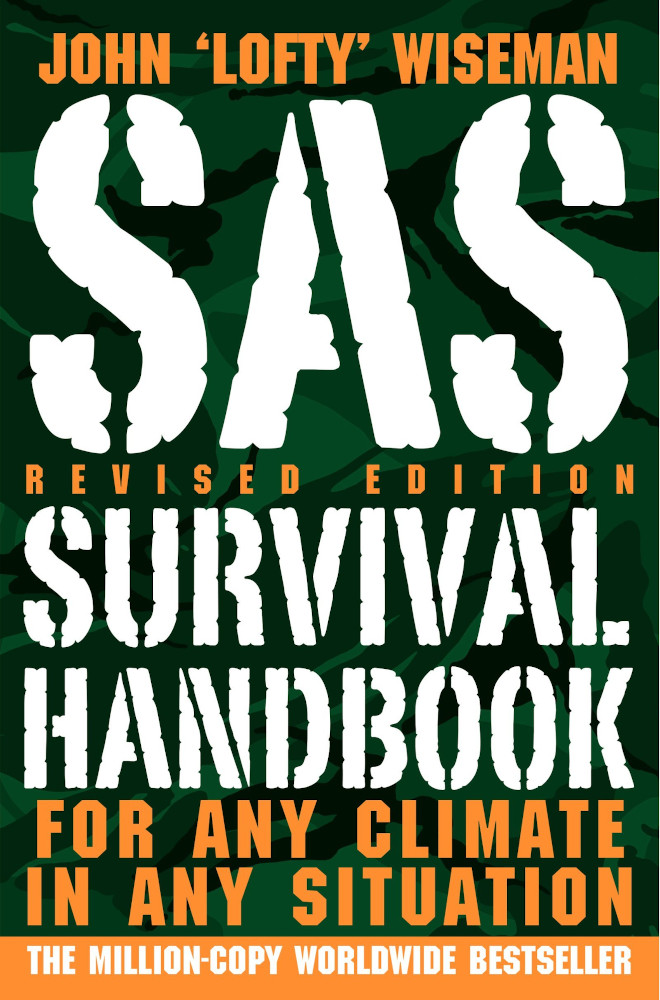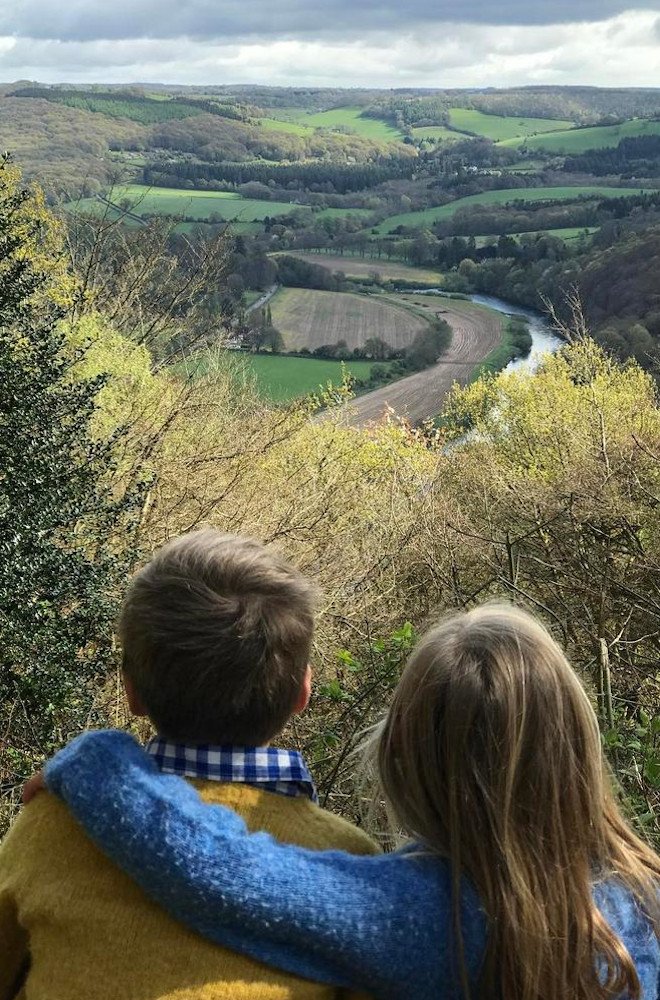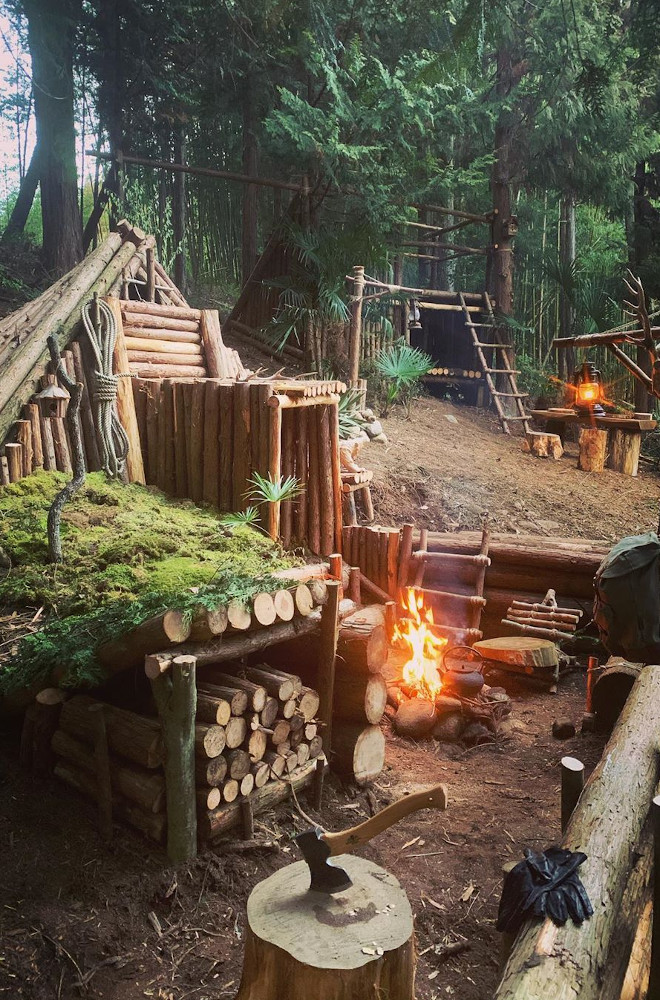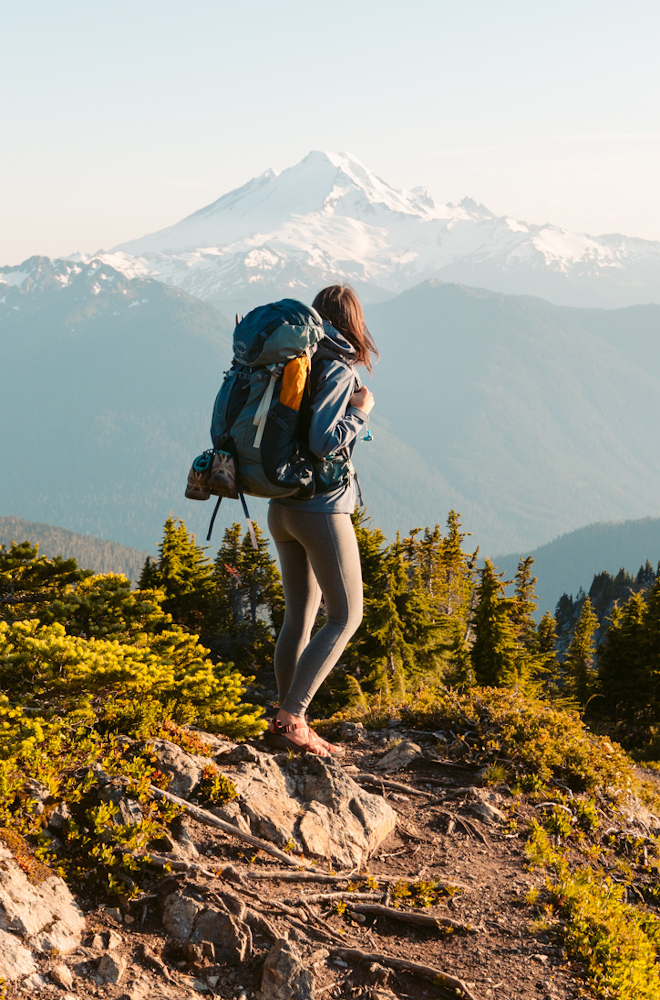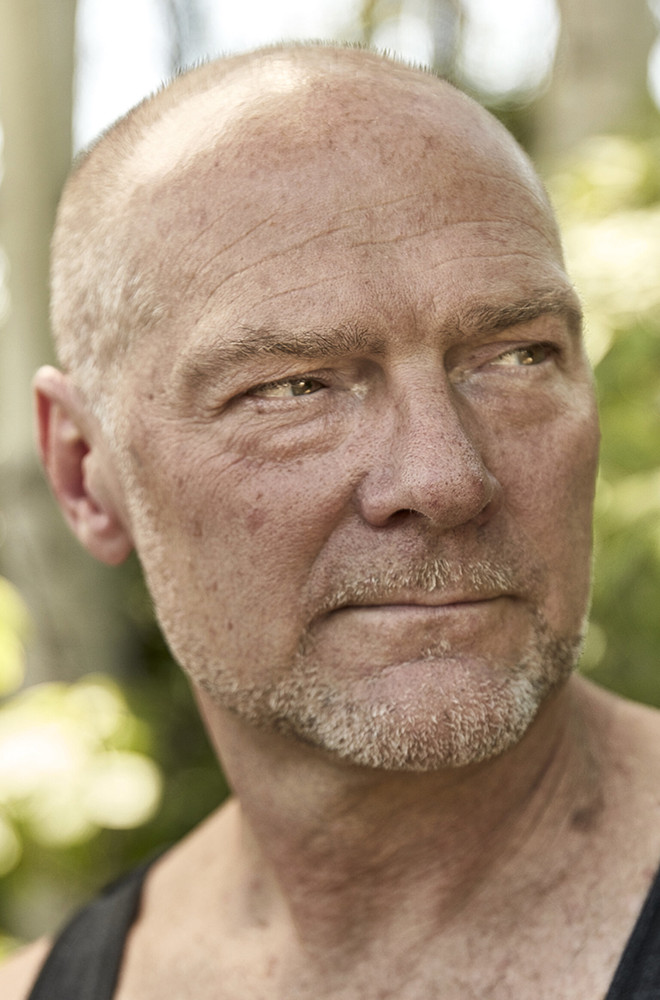No Medical Training Required
In an emergency situation, some see themselves hunting for food and providing nourishment, others see themselves as the protectors, building a shed and keeping wild animals away… and then, there are those that see themselves as the caretakers and nurses, those that people turn to with their bodily emergencies so they can heroically nurse them back to health.
If you’re one of the latter, don’t even think about it – this book was written for you. At the very least, it was written with people like you in mind; people who are not medical professionals and have no formal medical training, but are very interested in the medical aspects of survival skills and want to learn more than simple CPR and how to make a sling from a banana tree leaf.
The Survival Medicine Handbook
| Photo | Title | Rating | Length | Buy |
|---|---|---|---|---|

|
The Survival Medicine Handbook | 9.86/10 | 588 Pages | Check Price On Amazon |
Essential Information
The Survival Medicine Handbook review will go over the essential information you can expect to read about if you do decide to buy it; which you should, because The Survival Medicine Handbook is one of the most complete medical handbooks written for the survival and bushcraft crowd, if not the most complete book, with hands-on practical information and all. Doesn’t get much better than that, does it?
The Authors
Joseph Alton, M.D. and Amy Alton, A.R.N.P, a.k.a. Dr. Bones and Nurse Amy, are the brains behind this gift to all outdoor lovers and conspiracy theorists. Dr.Bones is a retired but still actively licensed surgeon and OB/GYN, and Nurse Amy is a Registered Nurse and a Registered Midwife.
They have an entire website dedicated to their vision of “Doom and Bloom” (they go into detail about their idea of thriving in difficult situations), and the pair has stated their mission clearly: they want to make sure every household has a medically prepared individual, in case a natural disaster or SHTF scenario strikes.
I have to admit, it’s a great idea. The thought of knowing that someone in my house who doesn’t faint at the sight of blood can take care of the rest of us mere mortals is soothing to the soul and the paranoid part of my brain. So, even if you’re not getting it for yourself because you’re squeamish about bodily fluids, don’t hold back on giving it away as a slightly selfish gift to a family member to make sure someone knows what they’re doing when the time comes.
When Help Is NOT on the Way: What to Expect
A disclaimer that the authors repeat in the book, and that absolutely must be included in this review, because you never know…This book is not a short-cut to becoming a doctor, or a substitute for almost 12 years of intense higher education. Although obvious, it’s good to get it out of the way.
What can you expect from the Altons? They will give you a good and comprehensive guide that can help you do your best to keep everyone alive when the grid is down, and medical help will be a long time coming. In this sense, it goes into much more detail than other prepper guides.
Right Amount of Insight
For example, it does cover suturing wounds – when to stitch a wound shut, when it’s actually a bad idea because apparently some wounds do better when they stay open. It’s uncommon to find guidelines on sutures outside of specialized medical volumes, and that’s what sets this book apart. The authors aren’t just trained wilderness EMTs, they are trained medical professionals giving you the right amount of insight into their profession.
They also go into details about the prophylactic measures that can make all the difference. Practicing good hygiene is an absolute must; microscopic organisms, although so small they are invisible to the naked eye, are actually a far bigger worry (pun intended) than bears and other big predators. An infection brought on by contaminated water is a very real and very unglamorous way to go.
Importance of PRACTICE
Everything you read about; you need to practice! You can’t know how to do some things just by reading about them – that’s OK for “fun facts”, not for pushing a dislocated bone back into its place or suturing a wound. It doesn’t matter if you stitched with your nana your entire childhood – it’s apples and oranges.
Maybe practice on your pork chops or chicken breast. Stitch it up before you stick it in the oven. Or pay closer attention to bones and joints when you’re preparing your meat. Others, you’ll probably have to wing it on the field, because you won’t come across a chance to practice (well, I most certainly don’t hope so), like amputations.
Content
Most readers are probably wondering right about now: ‘OK, so what will this book teach me if it doesn’t turn me into a Doctor myself?’. I’m glad you asked because in this review we are including a brief outline of the content this book brings to you, so you can decide for yourself if it checks all the boxes you were looking for in a medical prepper guide.
Basic Medical Skills
This part is pretty useful for medical laymen. We’ve all learned something or other about the human body at school granting us some insight into it. Dr. Bones and Nurse Amy simply go over the basics to look out for when you are first “examining” your patients. So, for example:
- Taking a pulse: how to do it and how to interpret it
- Reading vital signs
- Respiration rates: what breathing means
And so on. Often, just by observing a person, you can get a lot of valuable information about what might be going on inside them. It’s a section of the book that should not be skipped.
Preparing Your Kit
The authors of The Survival Medicine Handbook have included lists of items that you have to pack in kits for all kinds of situations. Makes sense, because depending on where you are going or the type of emergency you are preparing for, you may need: an IFAK kit (Individual First Aid Kit), a Medic Camp Bag for an expedition or a Community Clinic supply list, when you are planning for long term care.
Having all the essential tools at your disposal is 50% of being prepared, so access to a checklist with the different items and their alternatives is a huge advantage and saves you a lot of research.
Hygiene, Sanitation and Infections
We already mentioned the importance of sanitation in this review because it’s hard to stress it enough. Especially if you live in a developed country; even if it’s just in the countryside and not a city, most of the sanitation and hygiene problems you’ll be facing in a grid-down scenario would never have crossed your mind. You might not even be aware that these threats to your wellbeing exist, because industrial plants and health inspectors are making sure you don’t have to worry about them. It’s the case of:
- Parasites: ticks, lice, worms
- Contaminated water and food
- Dental issues! Oral hygiene isn’t just a social requirement to stop from being a stinky-breath pariah; dental and gum problems are immensely painful and can lead to serious infections. Without teeth, you’re not only lacking one of your main eating, but they are also quite a lethal weapon. The human jaw can exert a force of 162 pounds per inch, on average, and you never know when you might need it.
Of course, some infectious threats are not entirely related to hygiene and sanitation practices, but rather external factors. The authors cover these as well, although separately, because they respond to other causes. These infections would include issues like knowing when you might have caught tetanus, pelvic and vaginal infections, and the ubiquitous mosquito-borne illnesses in warm, humid climates.
Environmental Factors
Our bodies are constantly reacting to the environment around us; sometimes positively, sometimes negatively. Generally, our organism appreciates a routine (#NutsforRuts) and can suffer when the weather and climate conditions it has so lovingly grown accustomed to change drastically.
So, the book includes a section on common ailments that are brought about by these factors, such as: hypo/hyperthermia in case of temperature spikes or drops; dizziness caused by altitude, something mountaineers and climbers should especially be looking out for; and of course, the notorious allergic reactions that have ruined many a camping trip.
Injuries
And finally, the all-encompassing section on injuries. This part covers all kinds of them, most of which will be painfully familiar, and how to treat them:
- Bites of all kinds: animal, snake, insect
- Wounds! There are a million ways to hurt yourself and tear your flesh – cuts, scrapes, scratches – and each requires special attention
- Burn injuries
- Fractures, sprains, etc. and other joint and bone classics
- And the scarier procedures: suturing, stapling skin, and …. amputations
Non-Traditional Remedies
You’ll be supported throughout the book with helpful illustrations and photos in black and white. In the medication section of the book Nurse Amy includes a large section to non-traditional, homeopathic remedies since she herself has a huge medicinal plant garden and is knowledgeable on the matter.
Last, but not least, there’s a Glossary on medical terms, because more often than not until you learn the jargon your reading can be pretty clueless. The most thorough medical survival book on the market. A must-have for any survivalist’s shelf as a reference, and a must-read for those with the souls of a doctor.
Robert Hazley
Robert is a science fiction and fantasy geek. (He is also the best looking Ereads writer!) Besides reading and writing, he enjoys sports, cosplay, and good food (don't we all?). Currently works as an accountant (would you believe that?)

